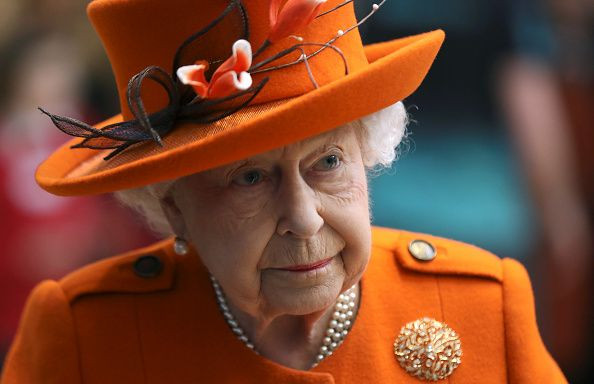Queen Elizabeth’s Coronation Dress Featured ‘Good Luck Charm’ For This Touching Reason

Queen Elizabeth II’s coronation dress was regarded as something very special because it was designed to resemble her wedding dress.
But other than this, Her Majesty’s coronation dress also featured a good luck charm that was added by the late British couturier and designer Sir Norman Hartnell.
During his interview with Picture Post magazine in 1953 (via Express), Hartnell revealed how the Queen was worried that her coronation dress was rather on the lines of her wedding dress.
The Queen reportedly provided brilliant inspiration which resulted in the dress being embroidered with emblems of all the Commonwealth countries. And just like the Queen’s wedding dress, her coronation attire had a fitted bodice and an easy-flowing skirt.
Her Majesty’s gown was created using the finest white Duchesse satin, embroidered in a lattice-work effect and was encrusted with seed pearls, sequins, and crystals.
Hartnell added a good luck charm in the dress when he placed an extra four-leaf shamrock on the left side of the monarch’s skirt so that her hand could rest on it during the ceremony.
Following her coronation in 1953, the 92-year-old wore the dress six more times. More specifically, she wore it three times during her public outings in Sri Lanka, Australia, and New Zealand in 1954.
She once again wore it during the opening of Canada’s parliament in 1957. The same dress was on display at an exhibition marking her 90th birthday.
In related news, the Queen also made headlines this week after it was reported that she was tickled and touched due to one of the requests she received during her royal tour.
Royal biographer Robert Hardman said that the Queen was delighted when she was appointed as the figurehead of Papua New Guinea years ago. In his book “Queen of the World,” Hardman said that the monarch did not assume the role because people decided to retain her. Rather, she became their sovereign because they invited her to become the head of the state.
© Copyright IBTimes 2025. All rights reserved.





















